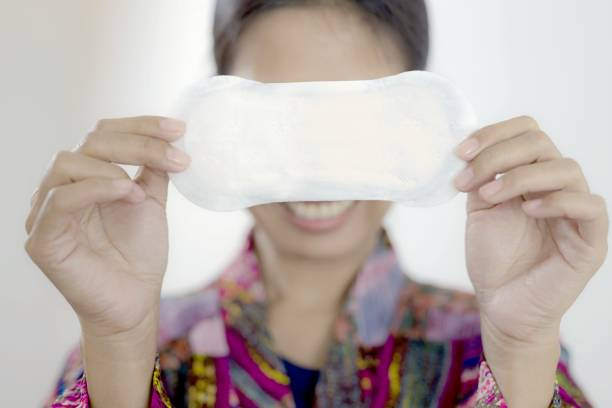Women have been bleeding forever. From the day they get their first period, sanitary pads become a part of their life. As time changed and products evolved, better materials came in for absorbing menstrual blood, and women were gifted with high absorbent sanitary pads. However, women still don’t know what to keep in mind when choosing a menstrual pad and are often found compromising their health, which should not be done!
Each woman needs to understand how important it is to maintain proper menstrual hygiene and use suitable sanitary pads. Therefore, next time you step into the medical store to pick a menstrual pad, don’t forget to ask the following questions to yourself.
- Is it hygienic?
- Is it convenient to use?
- Is it healthy for me?
- Is it eco-friendly?
- Is it economical?
If the answer to any of the above questions is negative, reconsider your choice because not using the right sanitary pads leads to poor menstrual hygiene, which is further a reason for many physical health risks and even reproductive and urinary tract infections. So be cautious next time when you buy a sanitary pad. To give you a brief understanding of how menstrual pads are made absorbent, this article further describes the components of a sanitary napkin. Read on!
Components of sanitary pads
A sanitary pad comprises four components: fluid acquisition layer, distribution component, the absorbent structure, and liquid impervious membrane.
- Fluid acquisition layer: Pad manufacturers have been doing researches so far to find ways to keep the topmost surface of the sanitary pads as dry as possible. To ensure this the top fluid acquisition layer is made of a perforated film allowing the liquid content from the menstrual flow to quickly pass on to the absorbent layer and leave the top layer dry.
- Distribution component: Aim of this layer is to spread the fluid content in the longitudinal direction. By spreading the fluid, increases the retention capability and also ensures better utilization of the product.
- Absorbent layer: This is the most crucial component of menstrual pads that determines the pad’s performance. Its primary function is to absorb the fluid, keep it back for an extended period away from the skin.
- Liquid impervious membrane: It is the napkin’s last layer; its function is to act as a barrier that prevents backflow and leakage.
Mechanism of sanitary pads
Now that you know the major components of the menstrual pads, it’s time to understand their working principle. This article will walk you through the flow path of the fluid through each layer of a sanitary napkin.
The moment blood content enters the first fluid acquisition layer of the napkin, it moves through the perforated film without spreading out and reaches the absorbent layer. Now that the fluid has reached the absorbent layer, it spreads out longitudinally and gets locked inside. To make sure this mechanism works, the first layer of the pads is primarily made from hydrophobic fibre, and the consequent absorbent layer is made of hydrophilic fibre. Thus, making the transfer of menstrual fluid possible from one layer to another and leaving the top surface dry.
Furthermore, sanitary pad manufacturers have left no stone unturned to provide you with high absorbent sanitary pads. They keep on looking for new materials to improve the performance of the pads. However, designing a napkin safe to health, biodegradable, sustainable and affordable for lower-income class women remains a challenge for some. At the same time, a few can make it through this and offer super-absorbent pads at a pocket-friendly price.
Author Bio:
Alison Lurie is a farmer of words in the field of creativity. She is an experienced independent content writer with a demonstrated history of working in the writing and editing industry. She is a multi-niche content chef who loves cooking new things.
